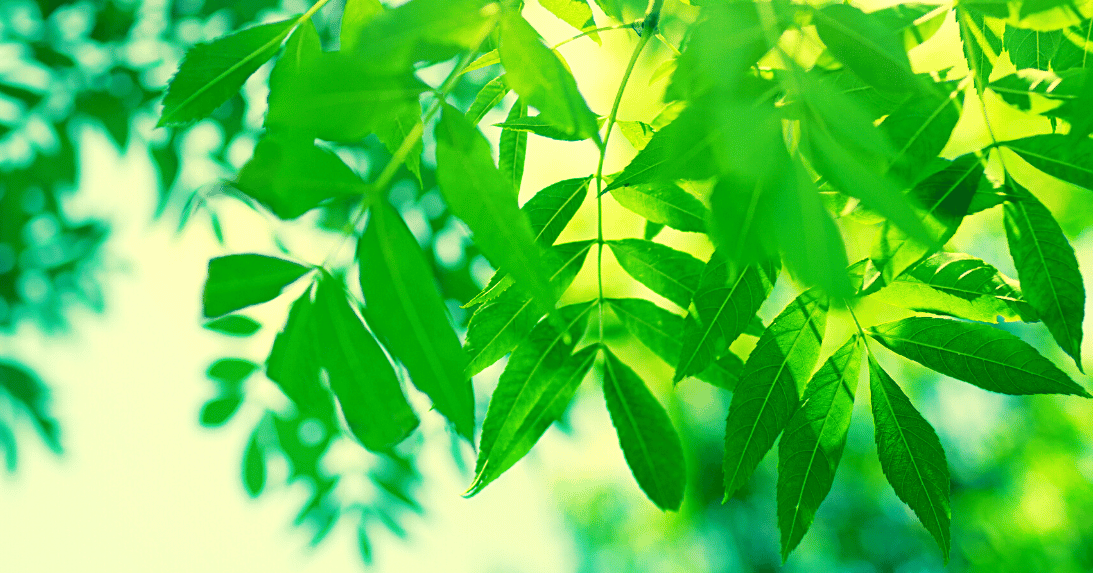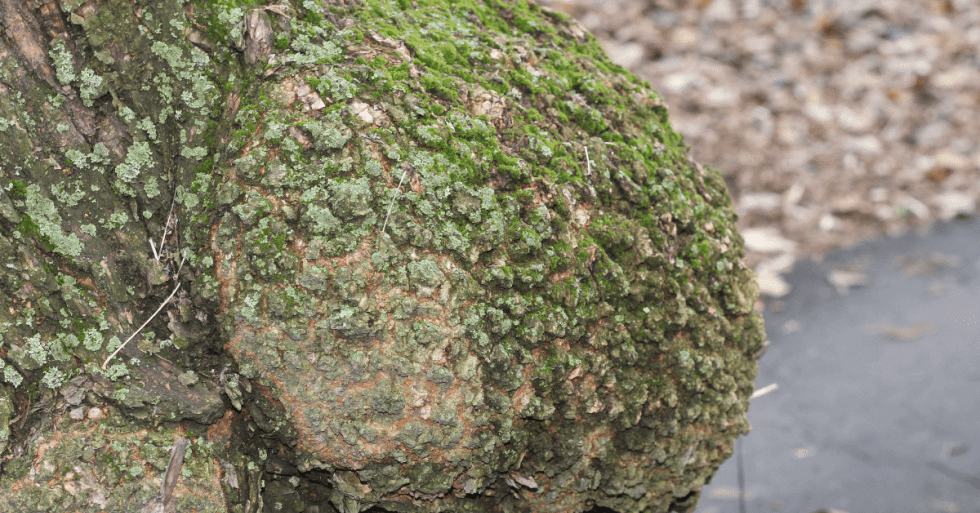Flowering trees, with their delicate blossoms and vibrant colors, add a touch of magic to any landscape. Among these, fruit trees like apple, peach, pear, and plum stand out for their aesthetic appeal and the promise of delicious harvests.
As nature unfolds its wonders, many enthusiasts ask, "When do apple trees bloom?"
In this article, we'll explore the fascinating world of flowering fruit trees and explain why your fruit trees might not be flowering.
Flowering Fruit Trees: A Symphony of Colors
Apple Trees: The Early Bloomers
In the world of fruit trees, apple trees are known for their early and breathtaking blossoms. The timing can vary depending on the specific variety. Still, generally, apple trees burst into bloom in early to mid-spring. The sight of apple orchards covered in delicate pink and white flowers is a sign that warmer days are ahead.
Peach Trees: Embracing Late Winter Warmth
Peach trees tend to be more impulsive in their bloom. Their blossoms emerge in late winter to early spring, creating a striking contrast against the dormant landscape. The fuzzy, pink flowers of peach trees not only announce the arrival of spring but also promise a delectable harvest later in the year.
Pear Trees: A Graceful Spring Display
With their elegant and understated blossoms, Pear trees typically bloom in early to mid-spring. The flowers are often white or cream-colored, creating a graceful display that complements the changing season. Like apple trees, Pear trees are an excellent addition to any garden or orchard, adding visual appeal and the prospect of succulent fruit.
Plum Trees: Late Bloomers with a Burst of Color
Plum trees follow their schedule, with blossoms appearing mid-to-late spring. These trees showcase a stunning array of colors, from white and pink to deep purple. The late bloom of plum trees adds a vibrant touch to the landscape when other flowering trees may have already shed their blossoms.
Why Are My Fruit Trees Not Flowering?
Environmental Factors
One common reason why fruit trees may not be flowering is environmental factors. Fruit trees require a certain number of chilling hours, which are hours spent at temperatures between 32°F and 45°F, during winter to break dormancy and initiate flowering. If your region experiences warmer winters, the chilling hour requirement may not be met, leading to delayed or inadequate flowering.
Improper Pruning
Pruning plays a crucial role in the health and productivity of fruit trees. However, improper pruning can hinder flowering. Over-pruning or pruning at the wrong time can remove the buds that would have developed into flowers. It's essential to strike a balance between maintaining the tree's shape and encouraging the growth of flowering buds.
Nutrient Deficiency
Fruit trees, like any other plants, require essential nutrients for optimal growth and flowering. A deficiency in nutrients such as phosphorus and potassium can impact flower production. Conducting a soil test and providing nutrients through fertilization can rectify this issue, promoting healthy blooms and bountiful fruiting.
Pest and Disease Management
Pests and diseases can compromise the health of fruit trees, affecting their ability to flower. Regular monitoring and appropriate pest and disease management strategies, such as using organic pesticides, can safeguard your trees and ensure they reach their full flowering potential.
Contact Strobert Tree Services - Leaders in Tree Care
For those facing challenges in blooming their fruit trees or seeking professional advice on tree care, Strobert Tree Services is your trusted partner. With a commitment to excellence and years of experience in tree care in Delaware, Pennsylvania, Maryland, and New Jersey, Strobert Tree Services has become a leader in the industry.
Whether pruning to enhance flowering, diagnosing and treating diseases, or providing expert advice on environmental factors, the dedicated team at Strobert Tree Services is ready to assist. Contact us to unlock the beauty of your flowering fruit trees and ensure they thrive every season.
Conclusion
The blooming of flowering fruit trees is a spectacle that captivates and delights. Understanding the specific timing of apple, peach, pear, and plum tree blossoms allows enthusiasts to appreciate the unique beauty each variety brings to the landscape. Addressing common issues like environmental factors, pruning, nutrient deficiency, pests, and diseases ensures that your fruit trees bloom vibrantly, promising a fruitful harvest in the coming seasons.











